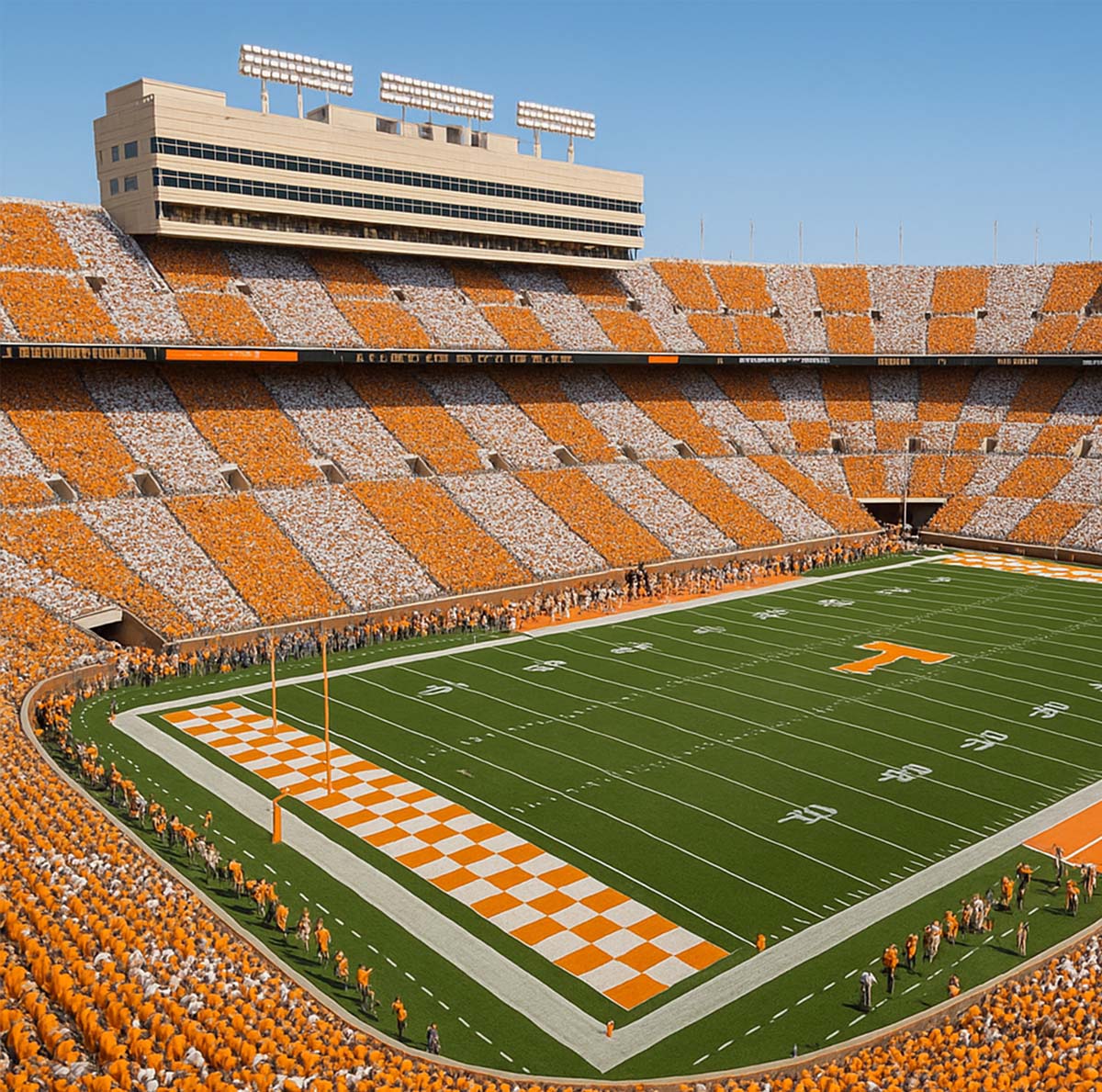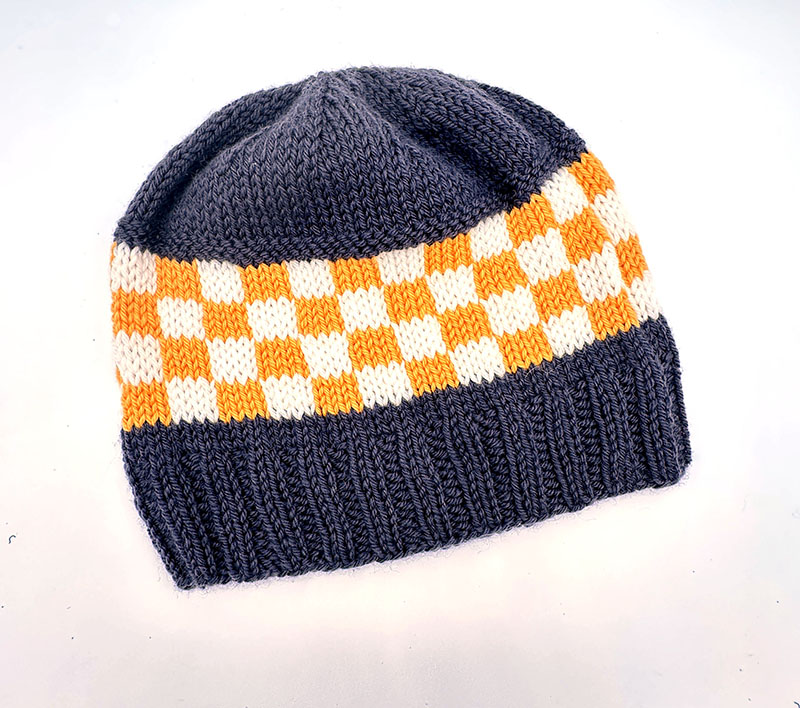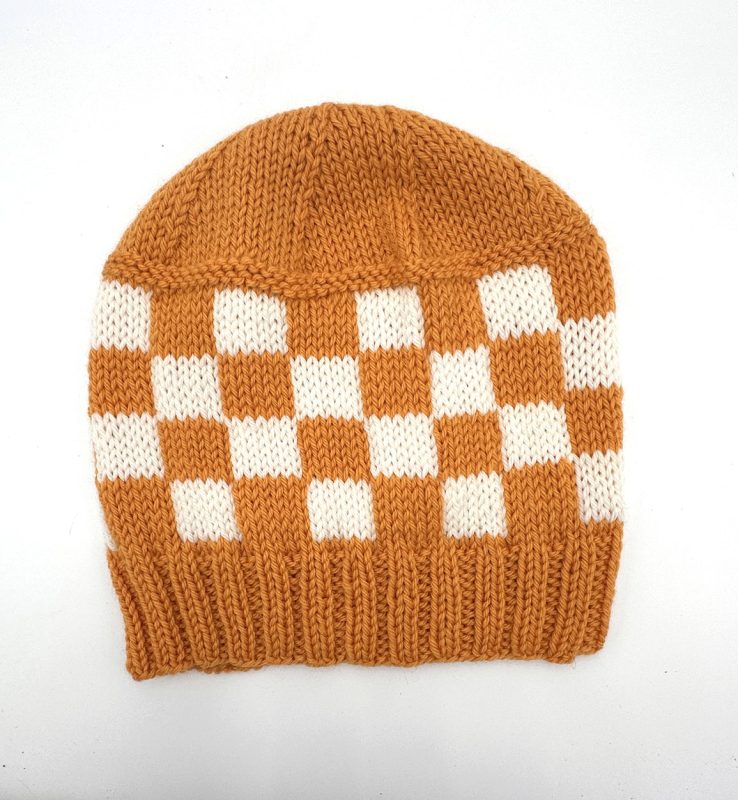Blog
The History of the Tennessee Checkerboard – And Why It’s Woven into Vol Knits

If you’ve ever walked into Neyland Stadium on a fall Saturday and seen the sea of orange and white in perfect squares, you know the checkerboard isn’t just a pattern, t’s a tradition. At Vol Knits, the checkerboard isn’t just a design choice; it’s a tribute to Tennessee pride, game-day passion, and decades of history.
Where Did the Checkerboard Come From?
The Tennessee checkerboard dates back to 1964, when the iconic orange-and-white pattern first appeared in the end zones of Neyland Stadium under head coach Doug Dickey. Inspired by the distinctive checkerboard design on the top of Ayres Hall, a landmark on the University of Tennessee campus, Dickey wanted to bring a bold and instantly recognizable visual identity to the field.
The original checkerboard made such a statement that it quickly became part of Tennessee football culture. Over time, it disappeared and reappeared through various stadium renovations, but fans always felt a deep connection to it.
In 1989, the pattern returned under Coach Johnny Majors. And in 2015, it reached legendary status when Tennessee launched its first checkerboard-out game – where fans in each section dressed in coordinated orange or white, creating a stadium-wide checkerboard effect. It was a visual love letter to Vol Nation.
Why Vol Knits Uses the Checkerboard
At Vol Knits, our hand-knit hats are more than just cozy – they’re crafted tributes to tradition. The checkerboard is one of the most beloved symbols of Vols fandom. When you wear one of our hats with the checkerboard knit in, you’re not just keeping warm – you’re carrying decades of Tennessee pride.
Each stitch honors that same bold spirit that first lit up Neyland’s end zones in the 1960s. And just like the checkerboard itself, no two Vol Knits hats are exactly alike – each one is handmade with care, passion, and a little bit of Rocky Top magic.





